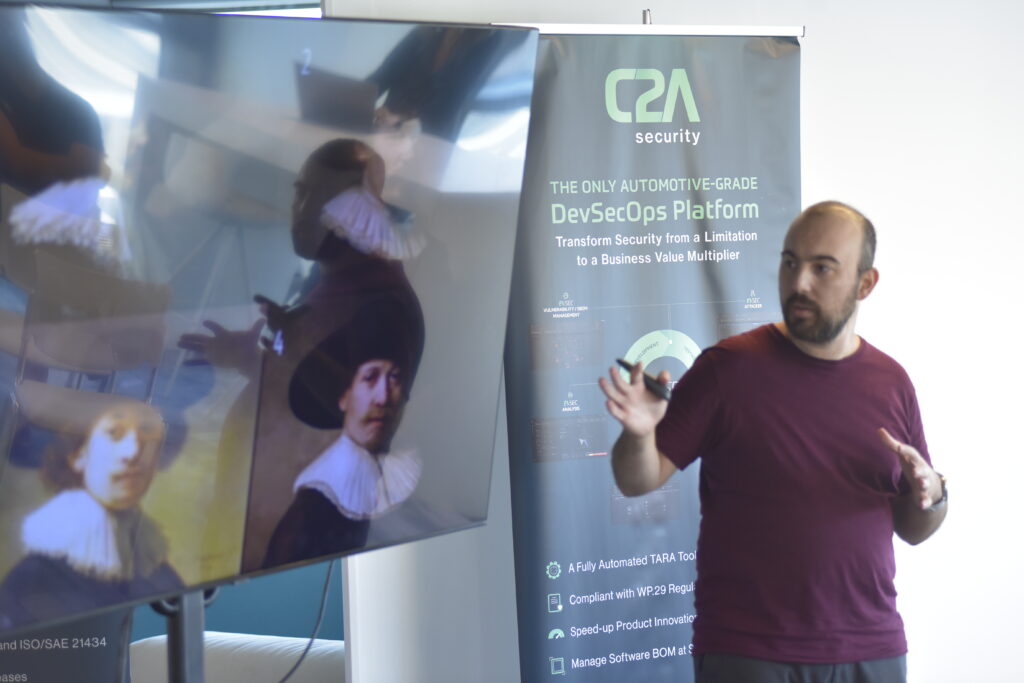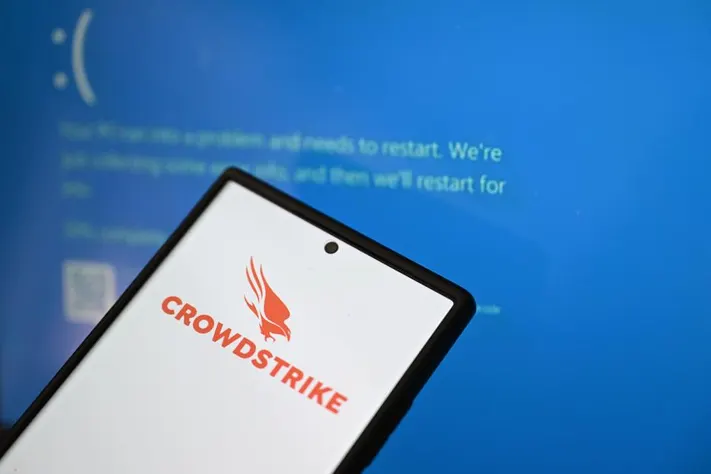Is #GenAI ‘widely overhyped in the short term’ as OpenAI’s Sam Altman commented, or are we really at the doorstep of something incredible? Exploring generative AI concepts, their significance, and future threats in automotive and mobility.

By Dvir Reznik, VP Marketing
Exploring the Power of #GenAI
From HubSpot and Adobe, to Intel Corporation, Mercedes-Benz AG, NVIDIA, ServiceNow, and Amazon Web Services (AWS), it’s clear #GenerativeAI is here to stay. On July 18, we hosted a formal office inauguration event for our new HQ in Jerusalem, so I figured I’d ask my friend Uri Eliabayev to keynote, cutting through the hype, and exploring where #GenAI can bring tangible value in automotive.
Uri, the founder of the Machine and Deep Learning Israel community, also plays a vital role as a member of the National Committee for Regulation and Ethics in AI. After the event, Uri and I found time to chat for a brief Q&A session.
1. Uri, let’s start with some basics: what’s the difference between ‘simple’ AI and Generative AI?
In the realm of artificial intelligence that we are all familiar with, the primary function is centered on prediction. Essentially, these models leverage their learning to gauge certainty and generate an output, ranked on a confidence scale of 0% to 100%. Practical applications include discerning whether an email is genuine or spam, predicting your affinity for the next song in your Spotify playlist, or aiding autonomous vehicles in making split-second navigational decisions.
Conversely, Generative AI operates on a distinctly creative platform. It assimilates original data from its training to manufacture completely new data. A stellar example is ChatGPT, an AI model that, having been trained on copious volumes of text, now has the capability to fabricate more of the same.
Another illustration can be seen in tools like Dall-e 2 and other similar image generation applications. By training on comprehensive datasets of text and images, these programs are equipped to generate entirely new, unique images just from a written prompt. The transformative power of generative AI thus extends the realms of data beyond its original bounds, carving out a new era in artificial intelligence.
2. A lot has been said about the novelty of ChatGPT, also the fastest ‘product’ to reach the 100 million users’ mark. What sets it apart and makes it truly remarkable?
ChatGPT is an outstanding language model renowned for its innovative Reinforcement Learning from Human Feedback (RLHF) memory training approach. By combining supervised fine-tuning and reinforcement learning, ChatGPT leverages the expertise of human trainers to enhance its responses. This integration of human AI trainers deepens the model’s understanding, enabling it to provide more coherent and contextually aware answers.

Photo: Dvir Reznik, VP Marketing, with Uri Eliabayev, at C2A Security offices in Jerusalem.
3. What are the possible advantages of employing Generative AI in the automotive sector?
Generative AI is starting to show some interesting possibilities in the automotive industry, and it’s definitely something we should keep an eye on. Here are some of those possibilities:
- Personalised vehicle design for a truly unique driving experience.
- Virtual prototyping to streamline the design process and reduce costs.
- Virtual showrooms that allow customers to explore and customize their dream cars.
- Personalized driving experiences tailored to individual preferences.
- Efficient generation of crash test data to enhance safety testing.
The advantages mentioned above have led to increased customer satisfaction, faster design processes, enhanced safety testing, and overall technological progress in the automotive sector. It’s worth noting that Mercedes Benz has integrated ChatGPT into their cars to enable AI voice commands, while General Motors is also planning to implement ChatGPT.

Source: Mercedes-Benz
4. Much like in any other software, Generative AI has its security challenges. What are some of the vulnerabilities you’ve encountered so far?
Large language model (LLM) encompasses various types of attacks, including prompt injections, permission issues, insecure output handling, data leakage, training data poisoning, denial of service, excessive agency, overreliance, supply chain attacks, and insecure plugins. The OWASP Top 10 for LLM offers detailed insights into these risks, providing valuable information to help you stay informed. It’s also important to consider emerging concerns such as the phenomenon of AI hallucination, as well as recent instances of AI exploitation, like the cybercriminal use of WormGPT.
5. GenAI is still young, yet looking into the future, what are you most excited about?
An exciting frontier that I’m particularly interested in is the advent of “Multimodal” AI models, capable of assimilating various forms of input. The current limitations with models such as ChatGPT is their exclusive reliance on text. However, I envision a future where AI models are multi-faceted, capable of processing inputs that span across text, images, video, audio, depth perception, and numerous other data forms.
Such an evolution would fundamentally shift how these models interact with us. It could result in a more comprehensive understanding of our world by these AI models, akin to human cognition. The dawn of multimodal AI models promises a seismic shift in the landscape of artificial intelligence, bridging the gap between machine interpretation and human comprehension.
Photos credit: Israel Reumi



